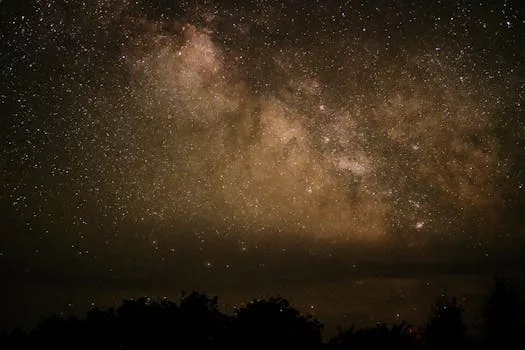
“
Introduction to Beyond the Milky Way: Imagining New Worlds and Possibilities
Beyond the Milky Way: Imagining New Worlds and Possibilities is a topic that has fascinated humans for centuries. As we continue to explore and understand our own galaxy, we are also compelled to look beyond its boundaries and imagine the possibilities that exist in the vast expanse of the universe. In this article, we will delve into the wonders of the universe, exploring the latest discoveries and theories that shape our understanding of the cosmos.
The Universe Beyond the Milky Way
The universe is estimated to contain over 100 billion galaxies, each containing billions of stars and potentially, countless planets. The Milky Way is just one of these galaxies, and as such, it is a relatively small part of the grand scheme. As we explore the universe, we are beginning to uncover the secrets of dark matter and dark energy, which make up approximately 95% of the universe’s mass-energy budget.
One of the most significant discoveries in recent years is the detection of exoplanets, which are planets that orbit stars other than the Sun. Over 4,000 exoplanets have been discovered so far, and many of these planets are believed to be located in the habitable zones of their respective stars, where conditions are suitable for life as we know it.
Imagining New Worlds and Civilizations
As we continue to explore the universe and discover new exoplanets, we are also forced to consider the possibility of life beyond Earth. The discovery of exoplanets has led to a new era of astrobiology, where scientists are actively searching for signs of life on other planets. While we have not yet found definitive evidence of extraterrestrial life, the possibility of life existing elsewhere in the universe is considered to be quite high.
Imagining new worlds and civilizations is not just a topic for science fiction; it is a serious area of study that can help us better understand the universe and our place within it. By considering the possibilities of life on other planets, we can gain insights into the origins of life on Earth and the potential for life to exist elsewhere in the universe. This exploration is akin to charting new realms of thought and creativity.
Takeaways
In conclusion, the universe beyond the Milky Way is a vast and wondrous place, full of mysteries waiting to be uncovered. As we continue to explore and understand the universe, we are forced to consider the possibilities of life beyond Earth and the potential for new worlds and civilizations. The discovery of exoplanets and the search for extraterrestrial life are just a few examples of the many exciting areas of research that are helping us to better understand the universe and our place within it.
Some key takeaways from this article include:
- The universe is estimated to contain over 100 billion galaxies, each containing billions of stars and potentially, countless planets.
- The discovery of exoplanets has led to a new era of astrobiology, where scientists are actively searching for signs of life on other planets.
- Imagining new worlds and civilizations is a serious area of study that can help us better understand the universe and our place within it.






